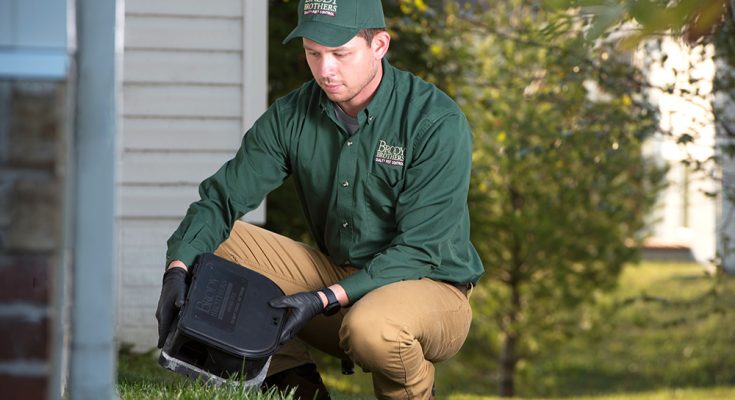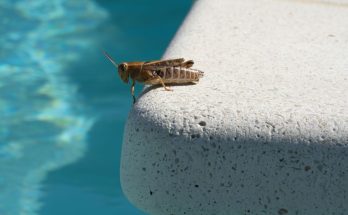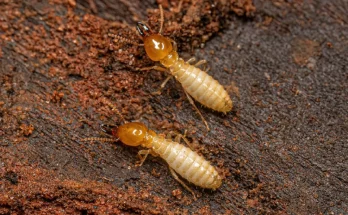Gaithersburg residents observe a disturbing pattern: after the winters are milder than usual in spring and summer, the ticks are suddenly in prodigious numbers. These minuscule parasites turn into more than just a pesky annoyance; they become health hazards for families and pets across Montgomery County. Gaithersburg’s wooded neighborhoods and proximity to Rock Creek Regional Park, along with the decidedly mild winter temperatures increasingly common in Maryland, are the ideal conditions in which ticks can survive and reproduce.
Purple Martins swoop in for a quick meal on the mosquitoes around Muddy Branch, while residents of Lakelands Park say they have seen ticks earlier and in larger numbers. Not only is this increase annoying, it raises the high potential for Lyme disease, Rocky Mountain spotted fever, and other tick-borne diseases that afflict thousands of Marylanders each year. And with this kind of widespread infestation, professional pest management is a must. Need an exterminator in Gaithersburg? Contact Green Pest Services today!
How do Mild Winters Affect Tick Survival Rates?
Lifelong brutal winters are nature’s pest control; freezing and prolonged cold quickly murder high percentages of ticks. Yet new data from the Maryland Department of Health indicates that in the last 10 years, Montgomery County has had 40 % fewer freezing days than the historical average. So, that change has a significant effect on the way ticks die in the wintertime.
They generally go into something called diapause, a kind of hibernation, when temperatures consistently fall below freezing. However, the increasingly mild winters of Gaithersburg with average temperatures above 32°F for more extended periods permit more ticks to remain active or to survive in the thin layer of leaf litter..
Impact on Local Wildlife Hosts That Carry Ticks
Ticks reproduce and spread in the abundant wildlife population that the city of Gaithersburg has to offer. It also has a location between Seneca Creek State Park and other small green spaces, which create corridors that allow deer, mice, and other mammals to move freely between the suburbs and the natural habitat.
Population estimates for white-tailed deer remain high in Montgomery County, about 15–20 deer per square mile in wooded communities, including Crown Farm and Quince Orchard. Adult ticks use these deer as their primary host to complete the life cycle. Field mice, chipmunks, and other small mammals commonly found in Gaithersburg’s suburban environment carry tick larvae and nymphs. And the mild winters do more than help ticks through – they also boost the overwinter survival of the host animals, and provide longer breeding seasons for the hosts too.
Milder weather keeps rabbits, squirrels, and other small mammals out and about longer, allowing them to feed more developing ticks. The result is a greater number of ticks able to survive, as well as higher numbers of potential hosts, which can lead to exponential population growth in the spring.
Preventive Measures to Reduce Tick Encounters
Maintain short grasses and put rock or woodchip barriers between wooded areas and your yard. While visiting local trails such as those at Bohrer Park and Rock Creek, wear light-colored clothing, tuck pants into socks, and use EPA-approved repellents with DEET or permethrin. Thoroughly examine yourself, kids, and pets after you spend time outdoors, especially in warm, moist areas where ticks like to fasten on.
To protect them completely, a bulk of the Gaithersburg citizens familiarize themselves with expert pest management services. Businesses such as Green Pest Services know the exact varieties of ticks that are prevalent in Montgomery County and, therefore, can provide treatment plans that will not only solve the current issue but also prevent another one from occurring. They usually target property borders, such as wooded areas and others with a high risk of ticks.
When it comes to understanding tick life cycles and the associated health risks, professional services are essential – this is not just about your comfort, but about ensuring you keep your family safe from dangerous diseases that need to be treated as soon as exposure happens.




